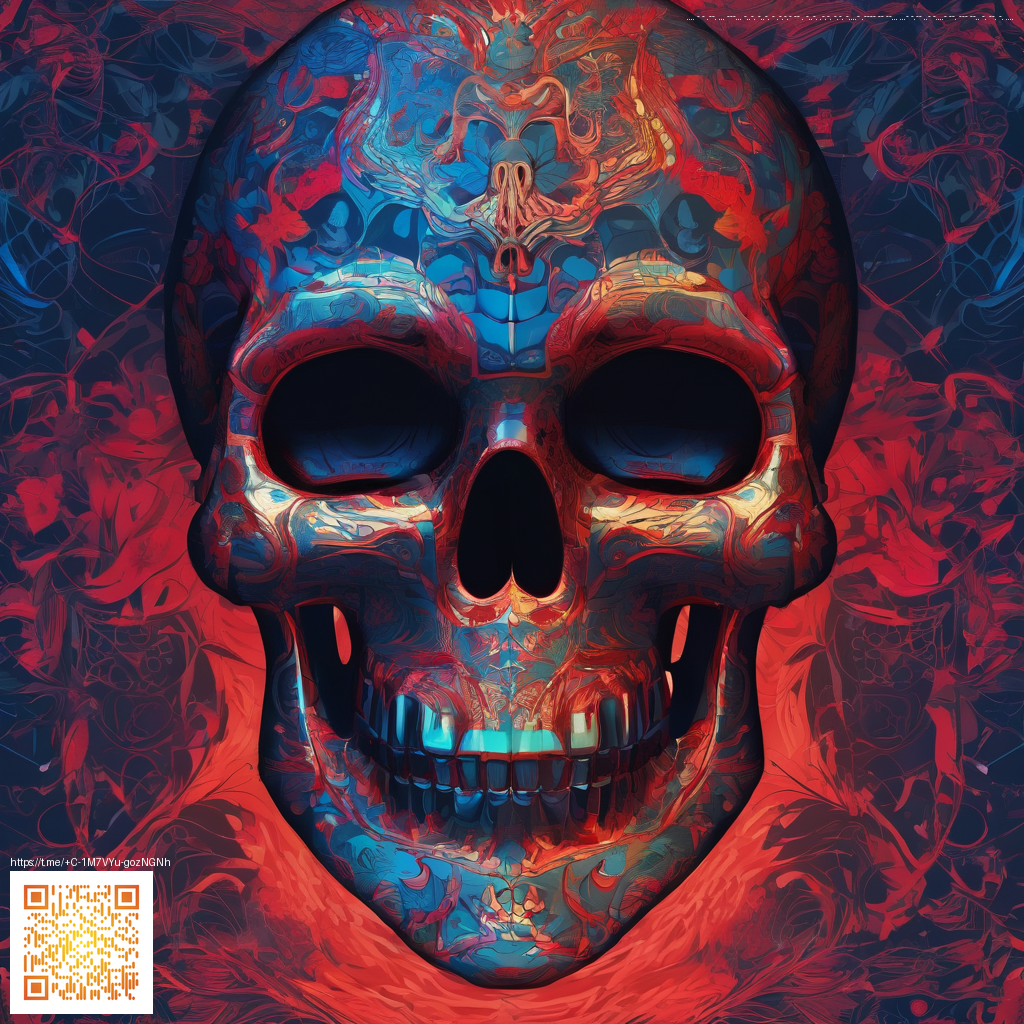
Crafting Eye-Catching Canva Resume Templates for Digital Use
In a world where a digital resume is often the first interaction a recruiter has with you, a thoughtfully designed Canva template can make a lasting impression. The goal isn’t to overwhelm the reader with flashy elements, but to create clarity, scannability, and personality that aligns with your professional story. Canva provides an accessible canvas for experimentation—from typography choices to spacing, color palettes, and subtle icons that guide the eye through your background.
“Design is the silent ambassador of your skills.” A strong resume template communicates credibility before a single line of text is read.
To start, focus on the fundamentals. Establish a clear hierarchy so the most important information—your name, title, and core achievements—stands out. Use a restrained color palette that reflects your field; for example, blues and teals work well for tech and business, while warmer tones can suit creative roles. Consistency matters: limit yourself to two fonts and a handful of icons to maintain a cohesive look across sections.
- Typography: Choose legible fonts. Pair a bold display for headings with a clean sans-serif for body text.
- Spacing and alignment: Generous margins and thoughtful alignment reduce clutter and improve readability.
- Color and contrast: Use color sparingly to emphasize key elements without sacrificing accessibility.
- Icons and dividers: Small icons can denote sections (Experience, Education, Skills) without crowding the page.
- Export options: Canva makes it easy to export as PDF for applications or as image files for shareable links.
Step-by-Step: From Concept to Digital-Ready Resume
- Define your objective: Are you applying for a technical role, a design position, or a managerial track? Tailor your layout to emphasize the strengths that matter most to that audience.
- Layout the sections thoughtfully: Start with a short summary, followed by Experience, Skills, Education, and Projects. Keep each section compact and scannable.
- Choose typography and color: Pick one primary font and one secondary font; reserve accent colors for key achievements or section headers.
- Incorporate digital-friendly elements: Add hyperlinks to your portfolio, LinkedIn, or GitHub (where appropriate) and ensure contrast remains strong on screens.
- Test readability on devices: Preview your design on a phone, a tablet, and a desktop to ensure the layout holds up across screen sizes.
As you refine your template, you might also consider the practical side of your workflow. A reliable desk setup can support your creative process, and a high-quality mouse pad can be a small but meaningful addition to your day. For a tactile touch that complements digital work, you can check out the Gaming Mouse Pad 9x7 Neoprene with Custom Graphics, Stitched Edge—a sturdy surface designed to keep your navigation precise as you adjust layouts and review your resume design. It’s a reminder that great digital work often benefits from well-considered physical tools as well.
If you’re seeking design inspiration beyond Canva’s templates, the resource at frame-static.zero-static.xyz/fc470497.html offers layouts and ideas that translate well to a digital resume. You’ll notice how deliberate spacing, margins, and section order can influence readability—less about chasing trends, more about guiding the reader smoothly through your story.
Pro tip: keep a simple master template that you can adapt for different roles. A reusable layout saves time and reduces the risk of inconsistent formatting across applications.
Exporting, Sharing, and Final polish
Canva makes export straightforward. Save a high-resolution PDF for online applications, or generate clean PNG/JPG images for quick sharing in email or portfolios. When you share your resume digitally, ensure that hyperlinks are functional and accessible—test them on multiple devices to confirm they’re clickable and correctly directed. A resume template that looks great on screen but loses readability in print isn’t serving you well, so strike a balance between digital clarity and print readiness.
Beyond the resume itself, consider a short, editable cover letter template that matches your resume’s style. Maintaining a consistent design language across documents reinforces your personal brand and shows attention to detail.